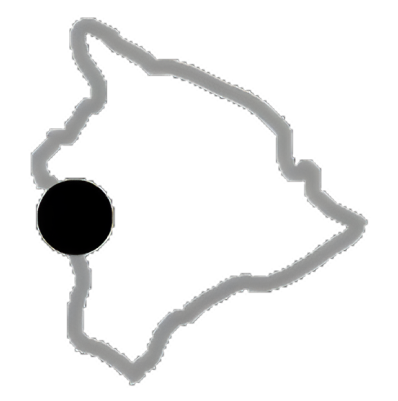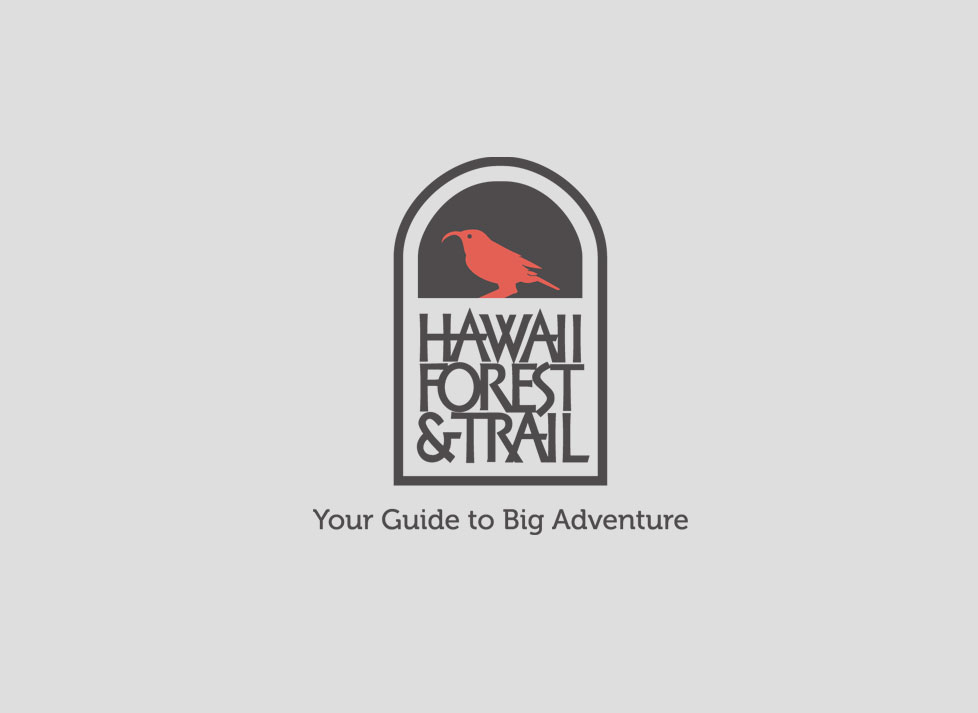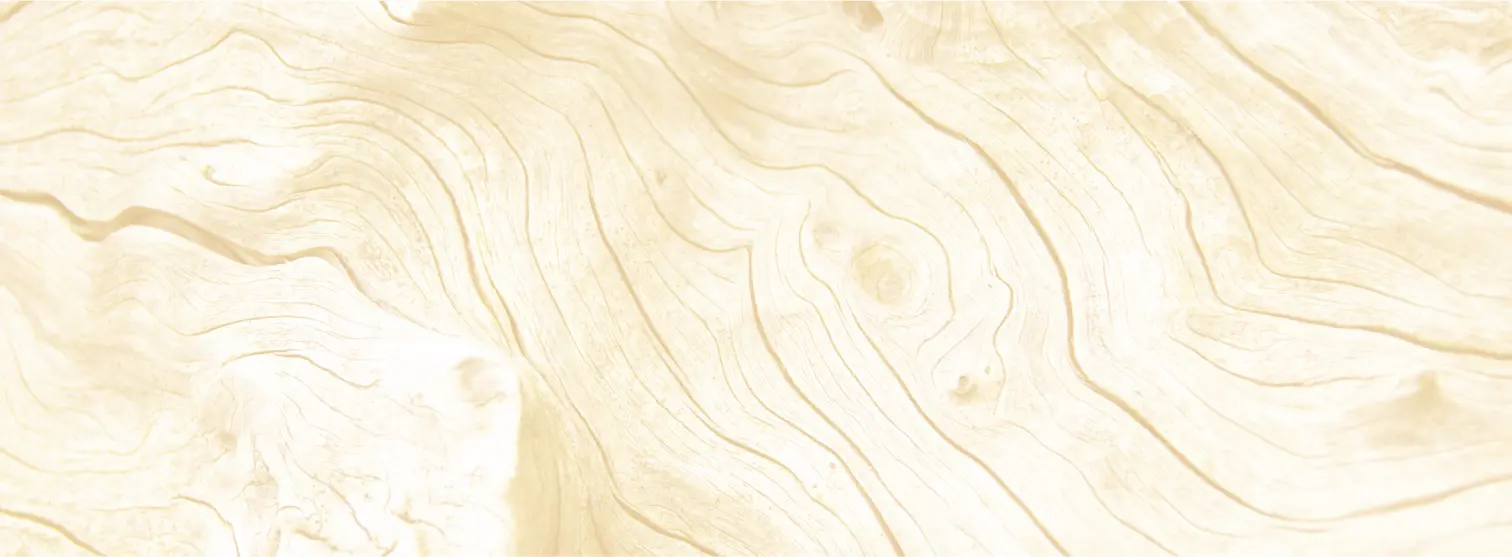We grew up at the north end of the Butte Sink in California. Once a vast wetlands, it’s the perfect habitat to support a phenomenal amount of insects and other creepy, crawly things. Mosquitoes, leeches, rats, several species of snakes, poisonous spiders, and rabid skunks were all common pests to deal with in our country home. By comparison, Hawaii is truly a paradise. However, we do have a handful of critters hereI am the baby of six siblings. Growing up I was often referred to as a pest by my older brothers and sisters. “Mom, he’s such a pest. Do I have to take him along?!” “Quit being such a pest, Robbie.” Never lacking affection, attention or love, this pesty tag never bothered me too much. In fact, looking back, I admit I was an efficient little bother.
We grew up at the north end of the Butte Sink in California. Once a vast wetlands, it’s the perfect habitat to support a phenomenal amount of insects and other creepy, crawly things. Mosquitoes, leeches, rats, several species of snakes, poisonous spiders, and rabid skunks were all common pests to deal with in our country home. By comparison, Hawaii is truly a paradise. However, we do have a handful of critters here that cause folks to scream and pay lots of money to cover there houses in carnival tents and fumigate the dastardly and destructive fauna. And amazingly, all the things that eat up our possessions or give us chicken skin or welts, is stuff that us humans brought along to Hawaii. that cause folks to scream and pay lots of money to cover there houses in carnival tents and fumigate the dastardly and destructive fauna. And amazingly, all the things that eat up our possessions or give us chicken skin or welts, is stuff that us humans brought along to Hawaii.
Some of Hawaii’s introduced pests.
Because of the submarine volcanic beginnings and great isolation of the Hawaiian islands, lots of things never made it here. Before man arrived there were no mosquitoes, termites, cockroaches, ants, no spiders adept at inflicting a painful puncture to people, nor were there any reptiles or amphibians. Look through Tenorio and Nishida’s two books from the University of Hawaii Press, What Bit Me? and What’s Bugging Me? and you won’t find many native species mentioned. Likewise, a quick perusal through Dr. Baldwin’s Hawaii’s Poisonous Plants reveals very few Hawaiian species. Those long, quick, and frightening centipedes, like the one that scurried into my boot and painfully bit my ankle the first week I was in Hawaii, is a Scolopendra from the tropics other than Hawaii. My first car in Hawaii was a rusted out 1977 Dodge Aspen station wagon. Along with an Argentine ant colony it supported a healthy cockroach population, which I discovered one night driving when a two-inch long American cockroach (Periplaneta Americana) landed on my neck. As a naturalist and growing up in a creepy, crawly smorgasbord, most the pests here don’t bother me. I’m accustomed to them. Unfortunately, for the native Hawaiian world, many of these introduced pests have had a devastating impact.
Though not often considered pests, big, plant eating mammals in Hawaii have eaten up the homes of native animals over the last couple hundred years, much like termites have chomped away at our own domiciles. Like the aforementioned absent creatures to Hawaii, mammals were poorly represented here. There are only two native hawaiian mammals, the hoary bat and the monk seal. There weren’t any cattle, goats, sheep, or other big plant eating animals in the islands. Introduced intentionally in the late 1700’s, these animals flourished and have become an integral part of hawaiian life. Unfortunately, for the native forests, these creatures are destructive pests.
As the Hawaiian plants evolved here without anything eating them, many lost defenses against browsers and grazers. Mother Nature is very efficient. She often gets rid of things not needed. For example, Hawaii has a couple hundred species of mints. From possibly one ancestor or genetic founder, our mints speciated out into three distinct groups: Phyllostegia, Haplostachys, and Stenogyne. The chemical that gives mints their mintiness is a defense against things eating them. Unlike us humans who enjoy spearmint, peppermint and the likes, mintiness leaves a bad taste for many critters. In Hawaii nearly all our mints have lost the chemical. They look like mints, they feel like mints, and they grow like mints, but they have no mintiness at all. They’re mintless mints. Along with mintless mints we have briarless greenbriars, nettleless nettles, sumacless sumac, thornless raspberries, spineless hollies, and thornless acacias. So when we finally brought cattle, goats, and sheep into Hawaii they found everything totally munchable and brunchable and have had a tremendous impact on the native forests. The islands at one time were virtually forested to the coast. With their slash and burn agricultural practices and woodcutting for construction and firewood, the Hawaiians intensely altered, if not completely deforested the lowland forests several centuries before the first ungulates arrived. Since then, with help of commercial logging, upland forest clearing for plantations, plus commercial and residential development, these island pests have eaten up hundreds of square miles of forest habitat.
I only single out the poor beasts here because they are such a large and obvious example. However, they are just one kind of numerous pests impacting Hawaii’s native world. Other disastrous pests here include: yellowjackets, ants, guava, melastomes, mosquitoes, pigs, two-spotted leafhoppers, banana poka, rats, cats, mongoose, Japanese white-eyes, African fountain grass, and of course, me. Any of these could easily eat up the space needed for an eight-hundred word essay.


